The Bishop, his Majesty's Spiritual Advisory
The place of the bishops at the beginning of the chess game is immediate to the left and to the right of King and Queen. This is no coincidence; the role of the bishop has always been that of an adviser or counsellor of some sort, so his natural place is close to the throne.
The bishop moves diagonally over the chessboard, as far as he wishes. Because of this diagonal movement, a bishop can only reach the squares of the colour that it started out on. Understanding this, one can easily see that a bishop is especially strong when he is working together with his counterpart of the opposite squares. Together, they can control the entire chessboard and, if used properly, display tremendous force. The so-called “pair of bishops” is an asset that can help you reach an advantageous position in your chess game. Bishops usually enter the game early, typically just after pawns and knights. A bishop is at his best in an “open” position, where his long reach makes him a more valuable chess piece than, say, a knight.

The bishop is a chessman who has always been part of the game, even back in the days of chess' predecessor chaturanga. However, his symbolic meaning has changed over time and from country to country. He started out as an armed attendant, seated on the back of an elephant. But when the game moved to Europe, where elephants were unknown at that time, the figure was not recognised and therefore open to different interpretations by different countries. Under the influence of Christianity, he evolved into his current symbol as a bishop, and modern standard chess sets will have him wear a mitre. However different languages still show the original different interpretations. For instance, in French he is called “fou” (fool), while the Germans call him “Läufer” (runner, courier).
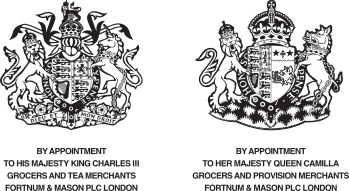


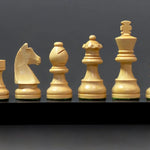
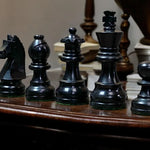
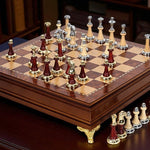
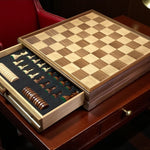
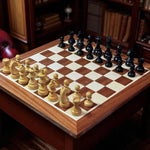
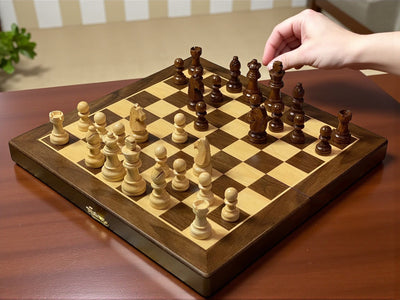
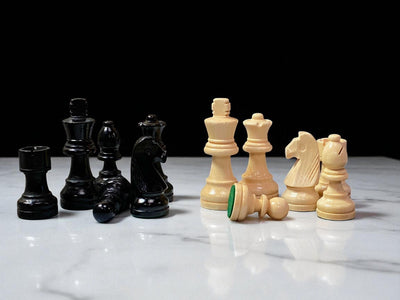
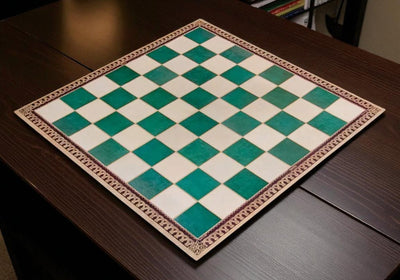
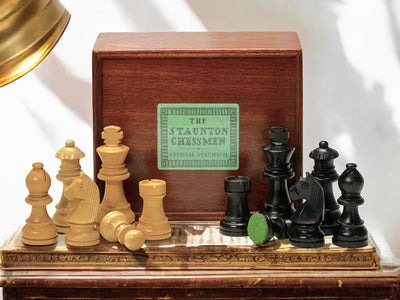
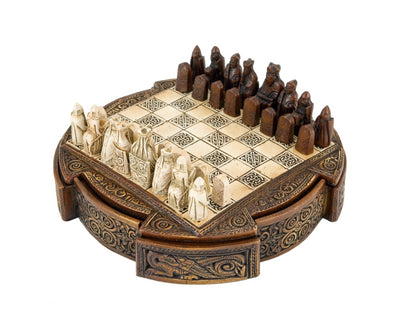
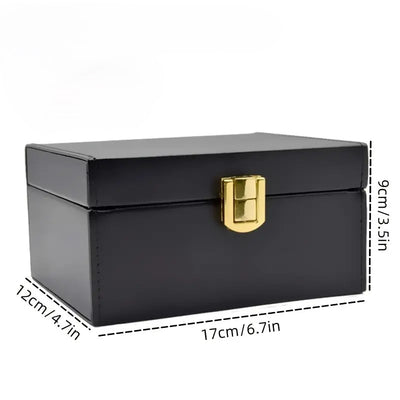
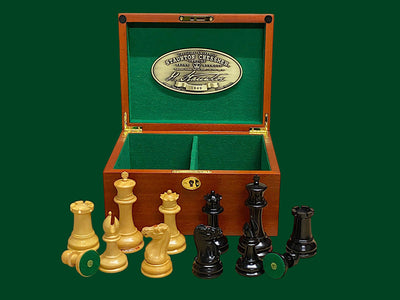
Leave a comment